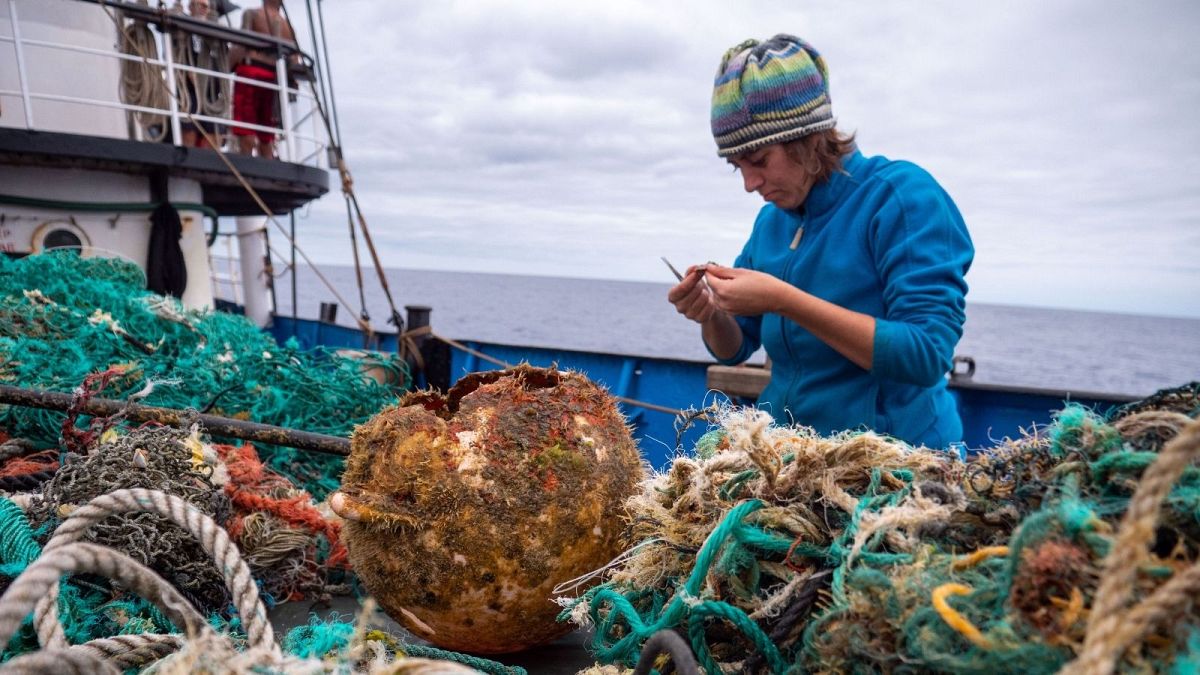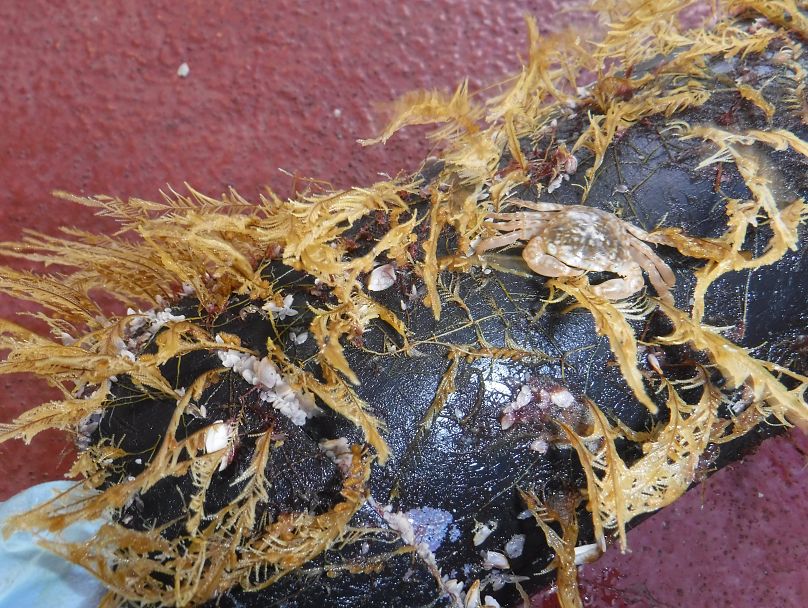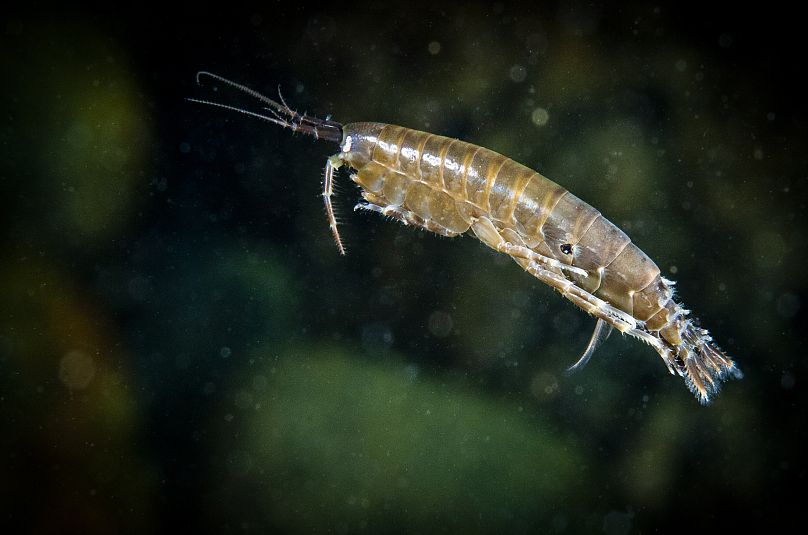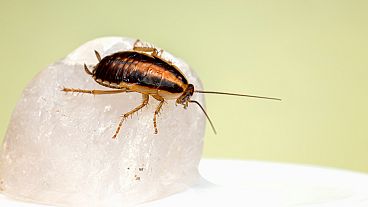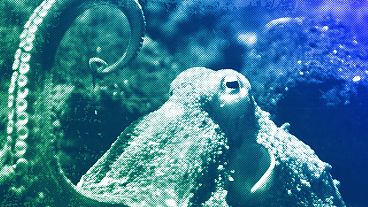A new study of the world's biggest plastic gyre has found coastal species living miles out from home on the open ocean.
Shrimp-like creatures are ‘thriving’ on floating isles of plastic pollution in the open ocean, new research shows.
Marine animals and plants have formed new communities on the Great Pacific Garbage Patch and other tracts of waste at sea.
It might sound like a positive story of nature flourishing against the odds, but marine scientists are concerned about the consequences of this unprecedented displacement.
"The issues of plastic go beyond just ingestion and entanglement," says Dr Linsey Haram, lead author of the study published in the Smithsonian, and former postdoctoral fellow at the Smithsonian Environmental Research Center (SERC).
"It's creating opportunities for coastal species' biogeography to greatly expand beyond what we previously thought was possible."
What is the Great Pacific Garbage Patch?
Around 15 million tonnes of plastic end up in the ocean every year, choking marine life. Much of it is swept up into gyres of plastic by rotating currents in the sea, growing over time as more floating objects come into orbit.
The North Pacific Subtropical Gyre - otherwise known as the Great Pacific Garbage Patch - is the biggest of these man-made monstrosities. Drifting between California and Hawaii, it holds almost 80,000 metric tonnes of plastic covering over 610,000 square miles.
Microplastics make up a large proportion of the world’s five or so plastic-infested gyres. But it’s the chunkier debris or nets, buoys and bottles that are carrying these organisms away from their coastal homes.
Haram and her co-authors have coined the term “neopelagic” to refer to these drifters; “neo” meaning new and “pelagic” to refer to the open ocean they’ve made unlikely kingdoms of.
How are marine animals surviving on these ‘food deserts’?
Scientists first suspected that coastal species could survive on floating plastic after the 2011 Japanese tsunami, when nearly 300 species were discovered to have rafted all the way across the Pacific on bits of debris over several years.
But until now, sightings of coastal organisms on plastic in the open ocean were rare.
Ocean Voyages Institute (a plastic-collecting nonprofit) and two oceanographers from the University of Hawaii set sail for the Great Pacific Garbage Patch in 2020.
Sampling the plastic they retrieved at SERC’s Marine Invasions Lab, Haram was surprised to find it had been colonised by a wide array of species. Anemones, carnivorous hydroids and shrimp-like amphipods were some of the creatures that appeared to be thriving on the high seas.
This discovery goes against experts’ assumptions. “The open ocean has not been habitable for coastal organisms until now,” says lab lead and senior scientist at SERC Greg Ruiz. “Partly because of habitat limitation - there wasn’t plastic there in the past - and partly, we thought, because it was a food desert.”
Scientists are still unsure of how exactly the coastal rafters are finding food. One theory holds that these patches are acting like reefs in attracting more food sources.
What does this mean for the environment?
The open ocean might seem to us an inhospitable place, but the neopelagic communities aren’t the only ones making a life out there.
Plenty of native species already exist in the ‘pelagic zone’, also amid the plastic debris, and it remains to be seen what impact their new neighbours are having on them.
"Coastal species are directly competing with these oceanic rafters," explains Haram. "They're competing for space. They're competing for resources. And those interactions are very poorly understood."
With no fixed abode - and the means to travel between continents - these coastal rafters could pose a threat to fragile ecosystems around the world.
"Those other coastlines are not just urban centres,” Ruiz says, “That opportunity extends to more remote areas, protected areas, Hawaiian Islands, national parks, marine protected areas.”
The invasive threat of coastal rafters is yet to be quantified. But with mounting plastic waste and fiercer storms due to climate change, it’s only becoming more pressing.
